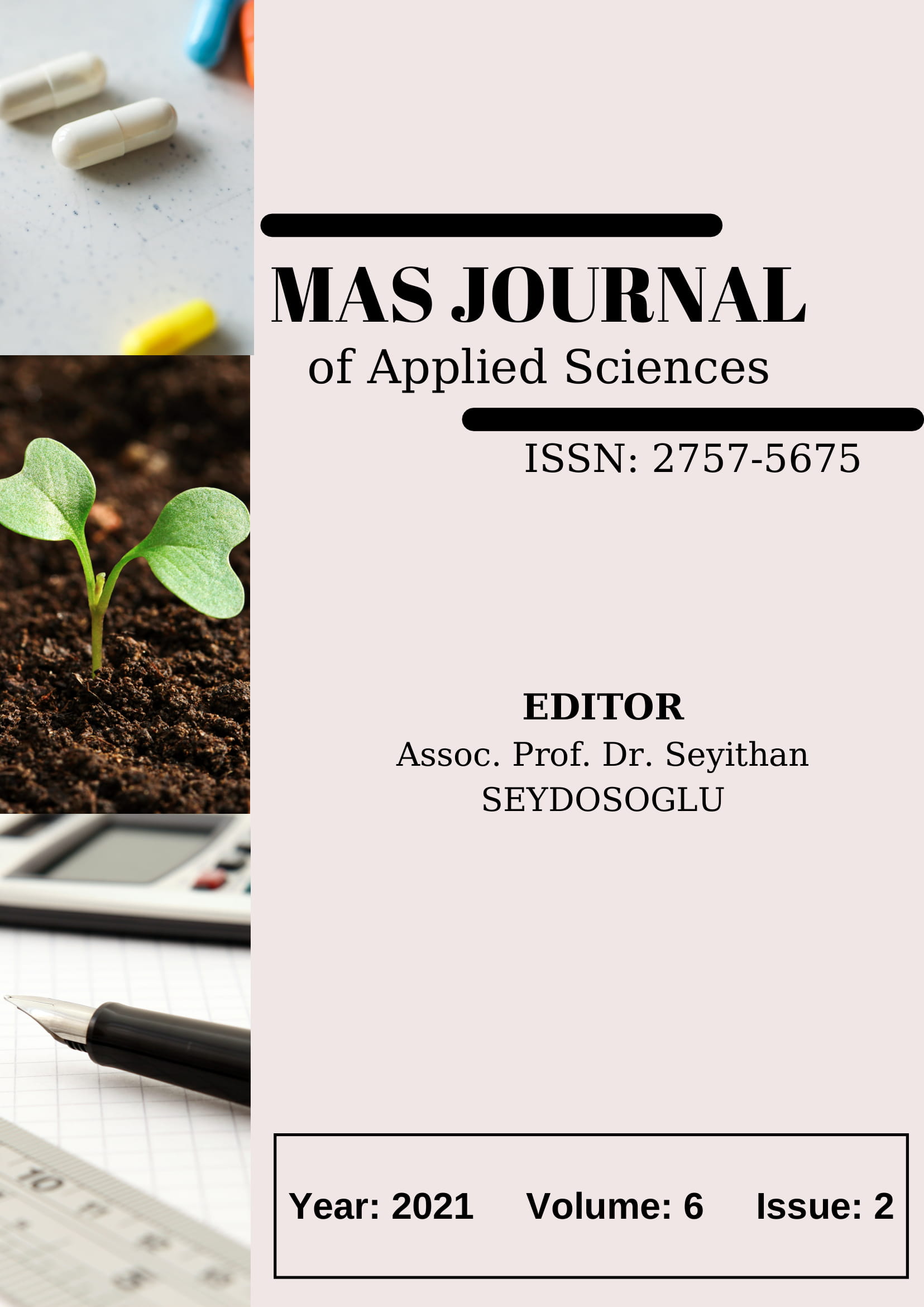Evaluation of The Performance Of An Existing Reinforced Concrete Grandstand According To Tbdy 2019
DOI:
https://doi.org/10.52520/masjaps.77Keywords:
Grandstand, Capacity Design, Plastic HingeAbstract
The point to be considered in reinforced concrete building design is the purpose of use of the building. There is a significant risk in places where people spend a short time but use them heavily. Essential structures such as grandstands are designed according to the calculation and construction rules of reinforced concrete and steel structures according to TBDY 2019. However, in Turkey, this regulation has been newly added, and the previous calculation methods have changed; the new regulation has focused on the non-linear behavior through plastic hinge behavior and adopted the capacity design principle. Structures are exposed to horizontal and vertical loads over time. Most of the energy in a structure exposed to repetitive loads is consumed in the plastic hinges formed in the building elements. The distribution in the transfer of the sections forced in the structure under these loads changes. In our study, the determined building performance level of the tribune designed by the regulation, the damaged beam areas, and the axial capacity of the columns under seismic and non-earthquake conditions was determined. Then, these demand magnitudes will be compared with strain and internal force capacities, and structural performance evaluation will be made at the cross-section and building level.
Downloads
Published
How to Cite
Issue
Section
License
Copyright (c) 2021 The copyright of the published article belongs to its author.

This work is licensed under a Creative Commons Attribution-NonCommercial 4.0 International License.


